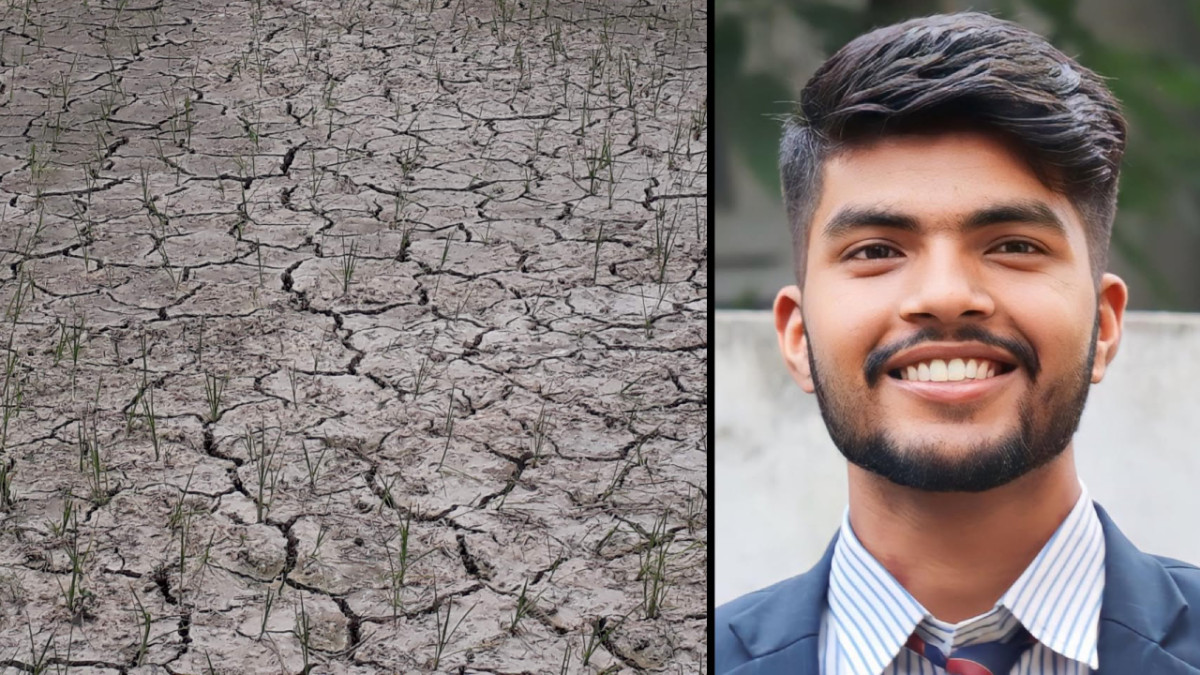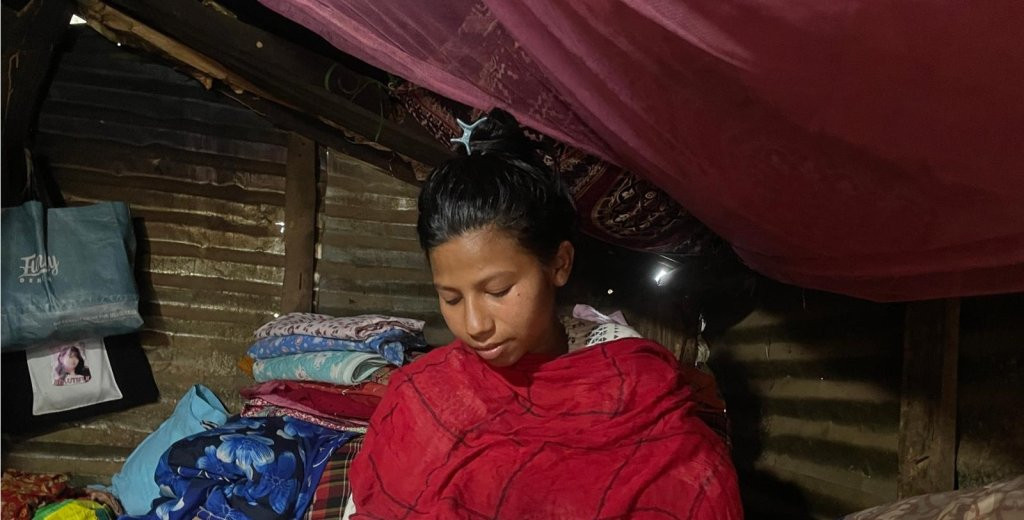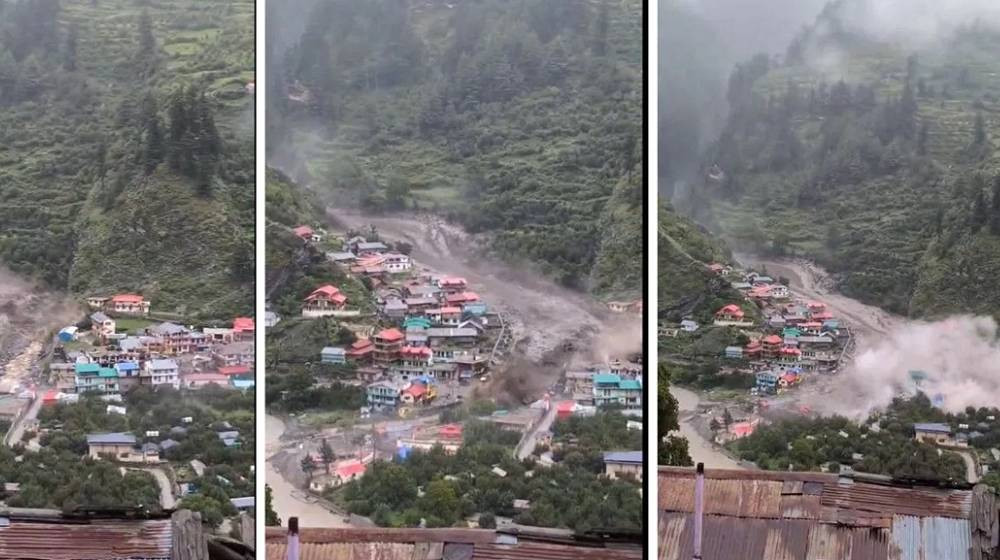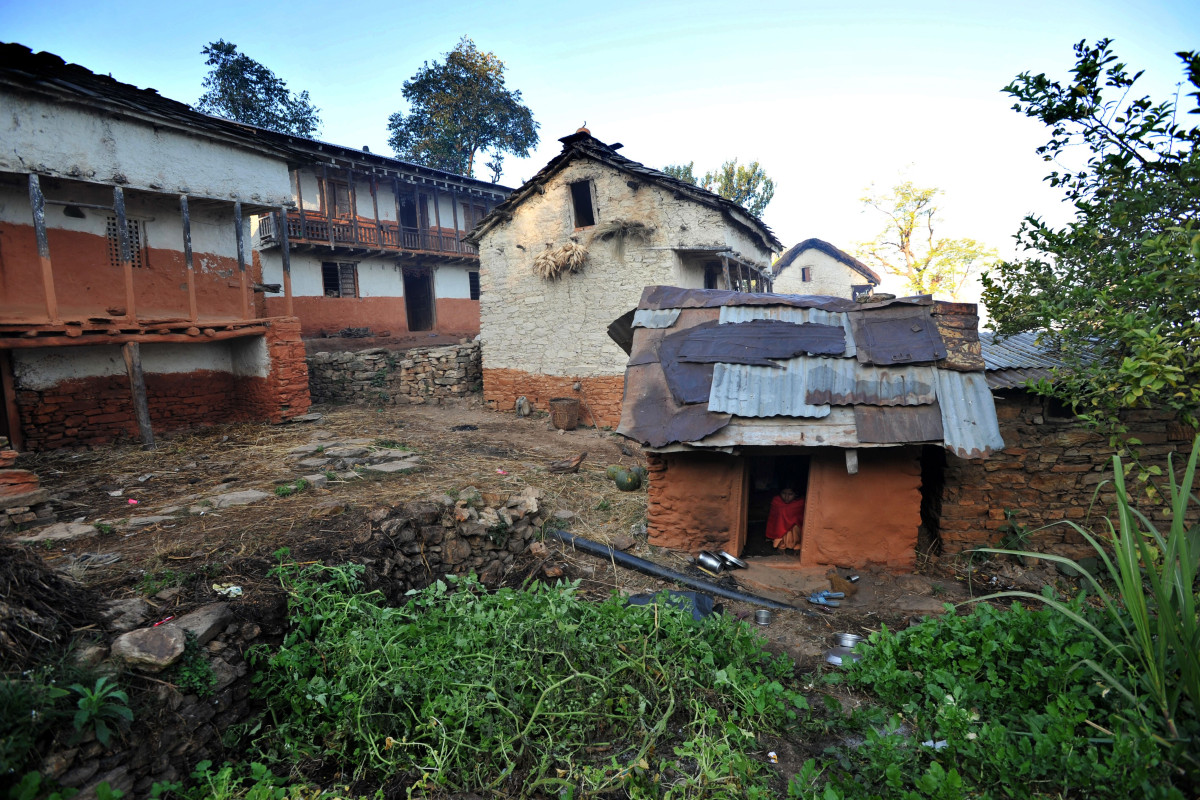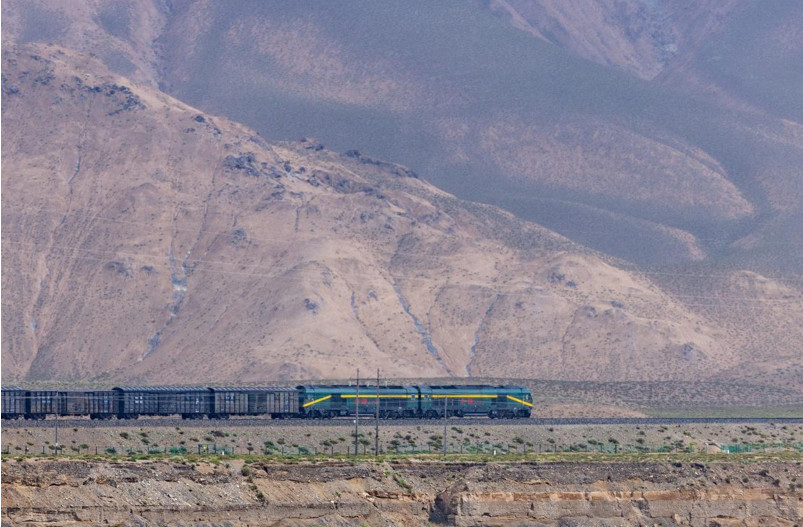According to a recent survey by WWF Nepal, Nepal is now confirmed to be home to 397 snow leopards, which make up about 10% of the global population.
These elusive big cats are found across 30,500 square kilometers in Nepal’s high mountain regions. Globally, it's estimated that between 3,020 and 5,390 snow leopards roam a vast two-million-square-kilometer area, according to the Snow Leopard Trust based in the United States.
Snow leopards are native to just 12 countries: Nepal, China, Afghanistan, Bhutan, Kazakhstan, Kyrgyzstan, India, Mongolia, Russia, Pakistan, Tajikistan, and Uzbekistan. In recent years, Nepal, along with India, Bhutan, and Mongolia, has begun using advanced technology and data analysis to release more accurate and official numbers.
According to Sarin Shrestha, WWF Nepal’s Mountain Program Manager, the new figures come from research conducted in partnership with several organizations. The study was led by the Department of National Parks and Wildlife Conservation and the Department of Forest and Soil Conservation.
The data was collected from studies conducted between 2015 and 2024. Snow leopard expert Shashanka Poudel said the population estimates were made using camera traps, genetic testing of droppings, and data on habitat and density from seven key areas.
The research reflects Nepal’s strong commitment to protecting snow leopards and their fragile mountain ecosystems. The survey followed global guidelines set by the Global Snow Leopard and Ecosystem Protection Program and involved both individual researchers and conservation groups.
Snow leopards are considered a flagship species, a key indicator of a healthy mountain environment. However, they are listed as vulnerable and face serious threats-from habitat loss and climate change to poaching and retaliatory killings.
Around 60% of snow leopard habitats lie outside protected areas, and these areas are increasingly fragmented, making conservation more difficult. As one of the least studied big cats in the world, snow leopards continue to be the focus of urgent research and conservation work.


.gif)



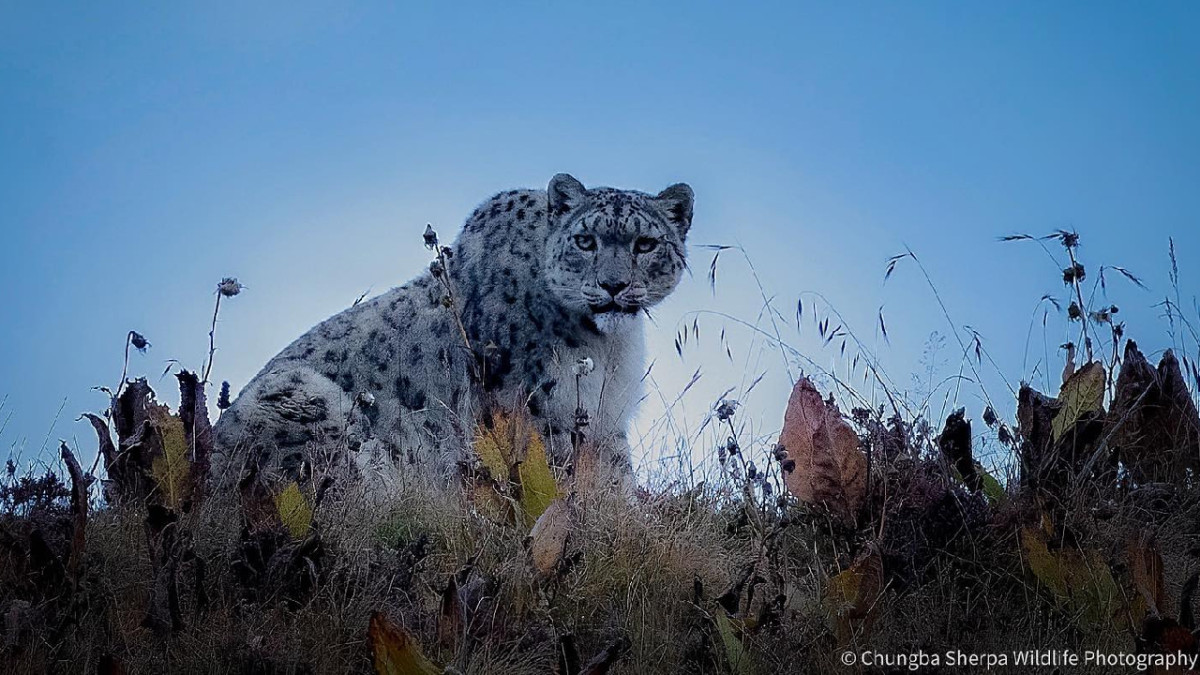


.jpeg)
.gif)







